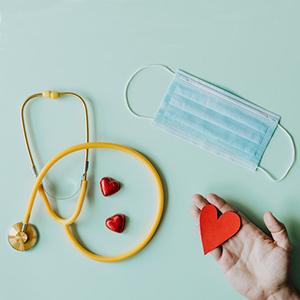Associations between sampling characteristics, nutritional supplemental taking and the SARS-CoV-2 infection onset in a cohort of Italian nurses

All claims expressed in this article are solely those of the authors and do not necessarily represent those of their affiliated organizations, or those of the publisher, the editors and the reviewers. Any product that may be evaluated in this article or claim that may be made by its manufacturer is not guaranteed or endorsed by the publisher.
Authors
The aim of the present study was to analyze any relations existed between sampling characteristics and the onset of the severe acute respiratory syndrome-coronavirus 2 (SARS-CoV-2) infection, also by considering the number of times that it occurred in a cohort of Italian nurses interviewed. Additionally, by considering the nutritional supplemental taking, this research wanted to assess any differences both in the onset and in the number of times in which the infection occurred among participants. An observational cohort study was carried out thorough all Italian nurses by advertising the questionnaire through some professional Internet pages. Work typology (P=0.021), coronavirus disease 2019 (COVID-19) ward (P=0.002) and regular meal assumption (P=0.019) significantly associated to the onset of the SARS-CoV-2 infection. Most of nurses who contracted the SARS-CoV-2 infection worked during the night shift (53.7%), 44.3% worked in a no-COVID-19 ward and 53% declared to have a regular meals’ assumption. Ward typology significantly associated to the times of the SARSCoV- 2 onset (P=0.003), as most of nurses who contracted almost one time the SARS-CoV-2 infection were employed in a no-COVID-19 ward (55.5%) and 54.1% of them declared to have a regular meals’ assumption. The onset of the SARS-CoV-2 infection seemed to be more present in the most part of the sample collects. The present study could be considered as pilot in this sense and also more studies will be performed in order to better relate the function of supplemental food intakes with a better functioning of the immune system.
How to Cite

This work is licensed under a Creative Commons Attribution-NonCommercial 4.0 International License.
PAGEPress has chosen to apply the Creative Commons Attribution NonCommercial 4.0 International License (CC BY-NC 4.0) to all manuscripts to be published.






